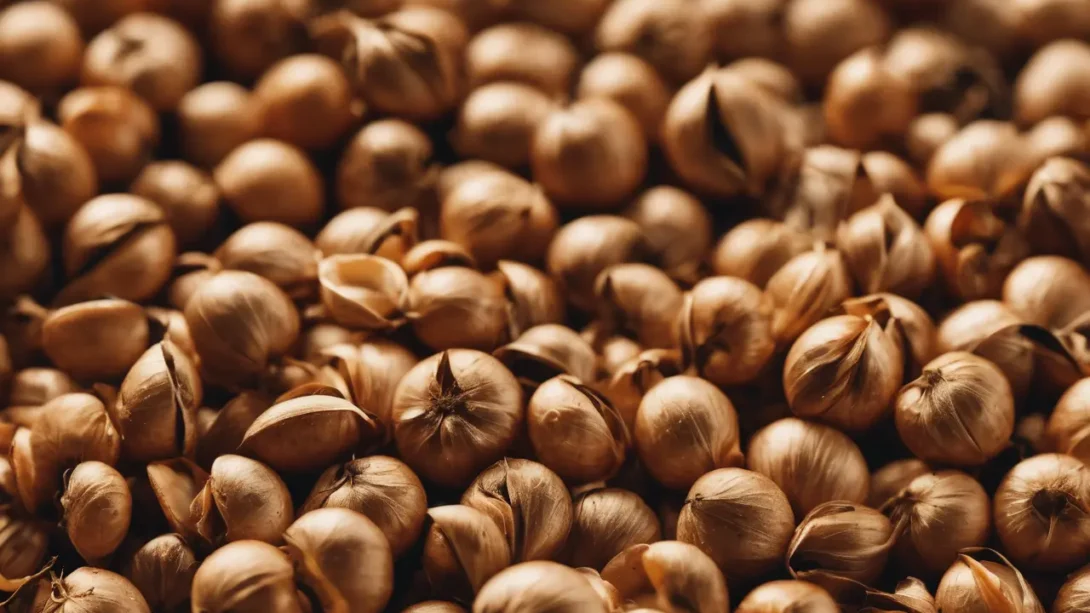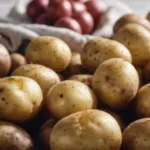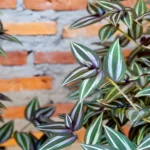Seed germination is the process by which a seed begins to grow and sprout. The paper towel method is favored by many gardeners due to its simplicity, cost-effectiveness, and the ability to closely monitor the germination process. It’s particularly useful for seeds that require a longer time to germinate or for checking the viability of older seeds. By germinating seeds in a paper towel, you can ensure that only the seeds that have sprouted are moved to your garden or pots, saving space and resources.
Materials Needed
To start, gather the following materials:
- Seeds of your choice
- Paper towels
- Plastic bags or containers with lids
- Water
- A spray bottle (optional)
Selecting high-quality, fresh seeds will increase your success rate. Ensure your materials are clean and ready for use to prevent any contamination or disease.
Selecting Seeds
Not all seeds are created equal when it comes to the paper towel germination method. Small to medium-sized seeds work best, as larger seeds might require more space or soil to germinate effectively. Seeds with harder shells, like those of legumes, may benefit from soaking in water overnight to soften the outer layer, making it easier for the sprout to break through.
Preparing the Seeds (If Necessary)
Some seeds require pre-treatment before they can germinate:
- Soaking: Seeds with hard coats may need to be soaked in warm water for 12 to 24 hours. This process mimics the natural conditions seeds would experience outdoors, where rain softens their hard outer shell.
- Scarification: This involves lightly scratching or nicking the seed’s surface to allow moisture to penetrate more easily. It can be done with a piece of sandpaper or a small file.
Step-by-Step Germination Process
Preparing the Paper Towel
Begin by folding a paper towel into a size that will fit inside your plastic bag or container. It should be large enough to hold your seeds with some space between each. Moisten the paper towel with water until it’s damp but not dripping wet. If you’re using a spray bottle, spray evenly across the surface. The goal is to create a humid environment for the seeds without waterlogging them, as excess moisture can lead to mold growth or rot.
Placing the Seeds
Distribute your seeds on one half of the moistened paper towel, leaving some space between each seed to allow for growth. Once positioned, fold the other half of the paper towel over the seeds, gently pressing down to ensure each seed is in contact with the moist surface. This step is crucial for ensuring that the seeds have adequate moisture to begin the germination process.
Creating a Mini Greenhouse
After your seeds are nestled between the folds of a damp paper towel, the next step is to create a humid, greenhouse-like environment that encourages germination. This can be achieved with a plastic bag or a container with a lid:
- Using a Plastic Bag: Slide the paper towel with seeds inside a plastic zip-lock bag. Inflate the bag slightly by blowing into it before sealing. This creates a cushion of air that helps maintain humidity levels inside.
- Using a Container: Place the paper towel in a shallow, sealable container. If the container has a lid, leave it slightly ajar to allow some air circulation while still retaining moisture.
Place the bag or container in a warm area, but out of direct sunlight. The top of a refrigerator or a warm room are ideal locations. The goal is to maintain a consistent temperature between 68°F (20°C) and 77°F (25°C), which is optimal for most seeds to germinate.
Monitoring and Maintenance
Germination time varies depending on the type of seed, but most will begin to sprout within 5 to 10 days. During this period, it’s essential to keep an eye on your seeds:
- Check Daily: Open the plastic bag or container once a day to allow fresh air in and to check the moisture level of the paper towel. If it’s drying out, lightly mist it with water from a spray bottle. This daily check also helps prevent mold growth.
- Look for Signs of Germination: Seeds are beginning to germinate when you see small roots or shoots emerging. Some seeds may germinate faster than others, so be prepared to transplant them at different times.
Maintaining the right environment is crucial during this stage. If you notice any signs of mold or mildew, remove the affected seeds immediately to prevent it from spreading to others.
Transferring Sprouted Seeds to Soil
Once your seeds have sprouted and the initial root (radicle) is visible, they are ready to be moved to soil. This transition is delicate, as the young sprouts are fragile:
- Prepare Your Pots or Garden Beds: Fill pots with a seed starting mix or prepare a spot in your garden bed. The soil should be loose, well-draining, and rich in organic matter.
- Transplanting: Use a pair of tweezers or your fingers to gently lift the sprouted seeds from the paper towel. Make a small hole in the soil, place the seedling root-down, and lightly cover it with soil. Be careful not to bury the seedling too deep; the top of the root should be just below the soil surface.
- Water Gently: After planting, water the soil lightly but thoroughly to settle the seedlings in. Avoid direct watering on the seedlings to prevent dislodging them.
This careful transfer to soil marks a significant milestone in the life of your plants. Providing gentle care and monitoring in the days following transplantation will help ensure your seedlings adapt well to their new environment and continue to grow strong and healthy.
Troubleshooting Common Problems
Mold Growth
Mold or mildew on the paper towel or around the seeds is a common issue, usually due to excessive moisture or poor air circulation.
- Prevention: Ensure the paper towel is moist but not saturated, and open the bag or container daily to allow air exchange.
- Solution: If mold appears, remove affected seeds and paper towels immediately. You can try salvaging unaffected seeds by transferring them to a new, clean, moist paper towel.
Seeds Not Germinating
Some seeds may not sprout for several reasons, including age, dormancy requirements, or improper storage conditions.
- Check Seed Viability: Use only fresh seeds or test older seeds for viability before attempting to germinate.
- Pre-treatment: Ensure that seeds requiring pre-treatment such as soaking or scarification have been adequately prepared.
Weak Seedlings
Sometimes, seedlings may appear weak or leggy, often due to insufficient light or overly warm conditions.
- Provide Adequate Light: Once seedlings are planted in soil, ensure they receive plenty of indirect sunlight or use a grow light to promote strong, healthy growth.
- Monitor Temperature: Keep the growing environment at a consistent temperature suitable for the plant species.
Conclusion
The paper towel germination method stands out as a highly effective, accessible, and low-cost technique for gardeners to start their plants. By closely monitoring the moisture, temperature, and general condition of the seeds, gardeners can achieve higher germination rates and healthier starts for a wide variety of plants. This method not only saves space and resources but also allows for a more intimate connection with the early stages of plant growth, offering immediate feedback on the viability of seeds and the satisfaction of watching them sprout.
Transferring sprouted seeds to soil is a delicate but rewarding step, marking the beginning of your plants’ journey from seed to full bloom. With patience and attention to the needs of your seedlings, you can foster their development into strong, flourishing plants that enhance your garden’s beauty and yield.
In summary, whether you’re a seasoned gardener or a curious beginner, the paper towel germination method is a valuable skill to add to your gardening toolkit. It’s a simple, yet profoundly effective way to start your garden, providing a head start on the growing season and ensuring that your garden is populated with the healthiest and most vigorous plants. By following the steps outlined in this guide and addressing any issues with practical solutions, you’re well on your way to achieving a lush, vibrant garden filled with the fruits of your labor and love.



